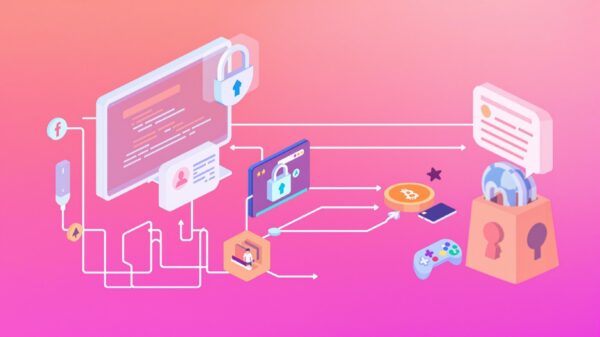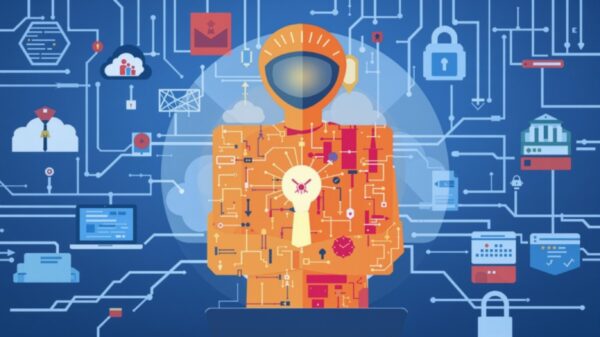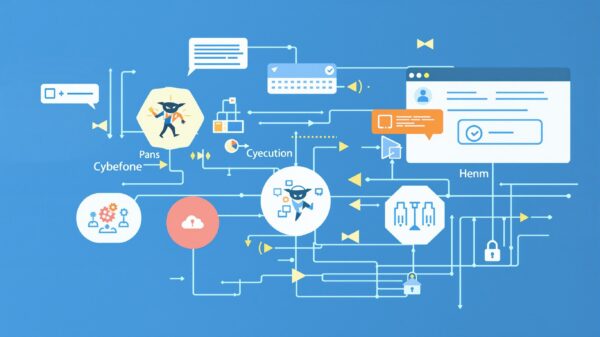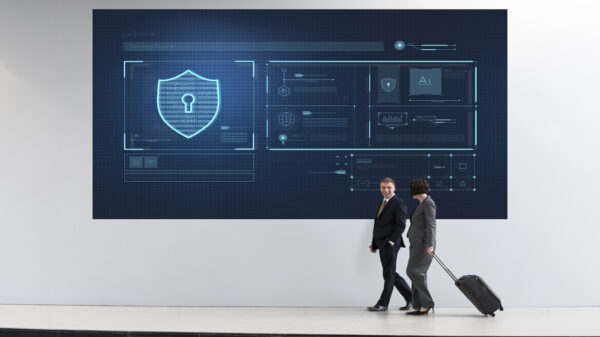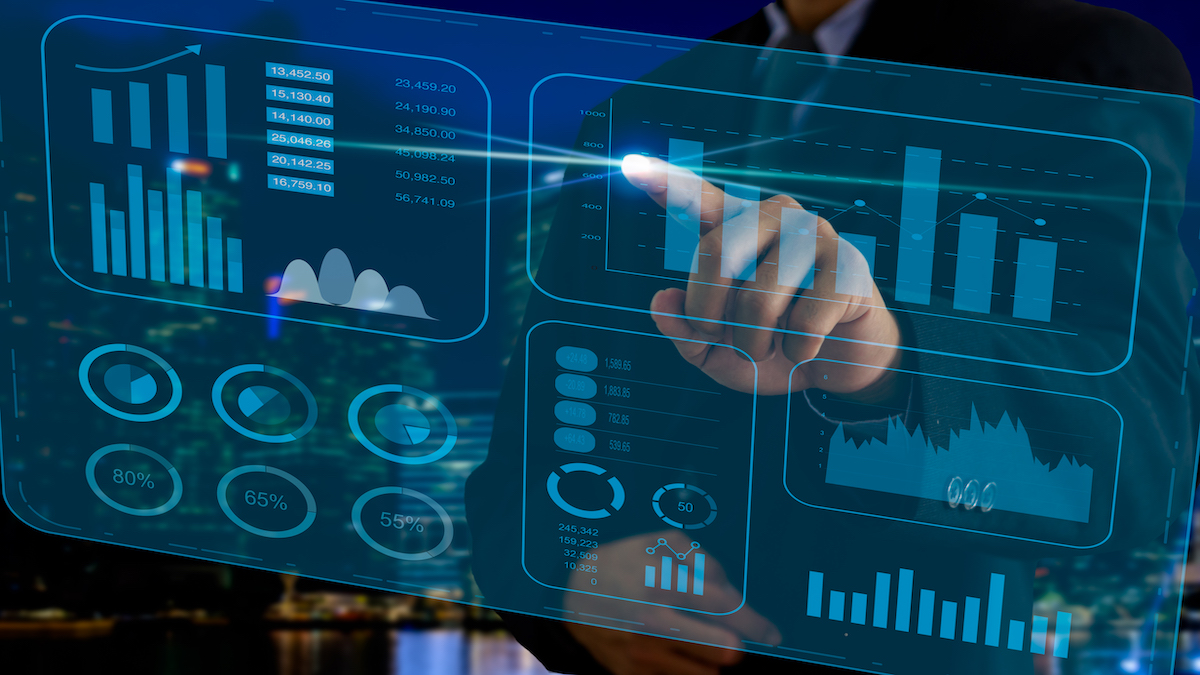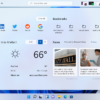The world is becoming more connected than ever, with an inconceivable amount of data generated and processed every second. In this sea of data, how can organizations ensure their systems are running optimally, untainted by cybersecurity threats or malfunctions? The answer lies in real-time data monitoring.
Understanding Real-Time Data Monitoring
Real-time data monitoring is a computerized process that constantly examines data streams to identify anomalies, suspicious activities, or changes in data patterns. The real-time aspect allows for the immediate detection and the potential rectification of problems, minimizing the possibility of severe downtime or cybersecurity breaches.
This process typically involves monitoring network traffic patterns, user activity, system logs, and other crucial data sources. Irregularities identified may include unusual data packet sizes, abnormal login activity, potentially malicious software installations, and system performance hitches.
Real-time data monitoring is not just about recognizing negative anomalies. It can also help determine optimal system performance patterns and maintain them by continually checking the system against these standards.

Benefits of Real-Time Data Monitoring
Quick Identification of Threats and Problems
The most significant advantage of real-time data monitoring is the speed with which threats or issues can be detected. This fast-paced recognition enables organizations to swiftly react and execute damage control, reducing the impact of any potential threats or system faults.
Enhanced Cybersecurity
As cyber threats become more sophisticated, traditional defense measures may no longer suffice. Real-time data monitoring assists in recognising these threats early, even before they infiltrate the system. Continuous surveillance of user activities can help detect any unusual behavior, possibly preventing a security breach.
Predictive Analytics and Preventive Measures
Predictive analytics, facilitated by real-time data monitoring, can highlight trends and patterns in data flow, helping organizations predict potential system issues before they occur. Armed with this valuable information, organizations can take preventive steps to ensure smooth, unimpeded operations.
Conclusion
In the current digital age, where data streams are continuously generated, real-time data monitoring has become a necessity. It not only identifies threats but also provides organizations with substantial insights to enhance performance and prevent potential disruptions. As we move towards an even more connected future, the importance of real-time data monitoring can only be expected to grow.
As organizations increasingly invest in advanced data analytics technologies, those who ignore the immense potential of real-time data monitoring do so at their own peril. It’s not just about speedy detection of threats, but about leveraging data for proactive and preventive operations management.






